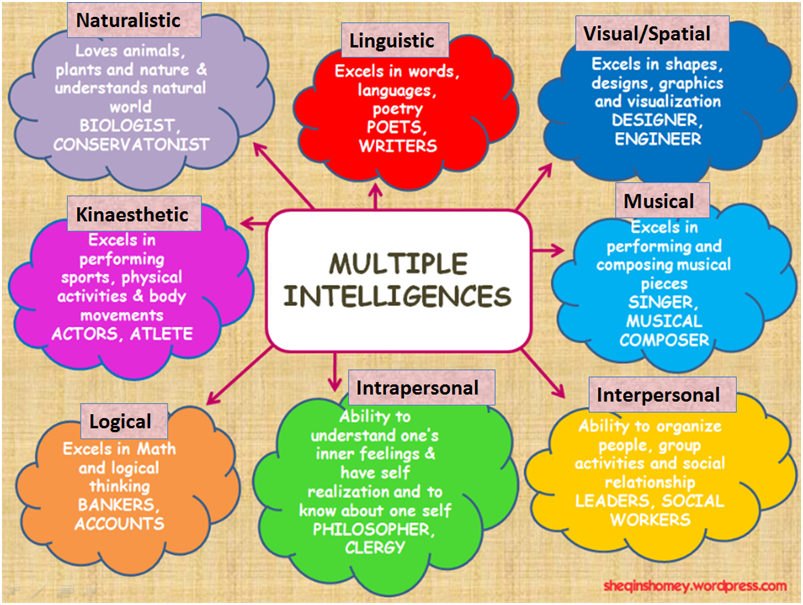Many learning scenarios follow a typical pattern: teacher gives information, learner gets information, teacher tests information, repeat. In fact, the term “pedagogy,” commonly known as teaching techniques and principles, originates from the Greek paid (child) and agogus (leader of.) [1]
However, many teachers today also know that this dispensary style of teaching and learning doesn’t work for everyone, and many classrooms (traditional or nontraditional) offer opportunities for students to learn actively and apply new material and skills rather than passively receiving information. Many of those teachers and learners have found themselves at home on LRNGO.
Yet online educators must keep in mind that, above all else, teaching is a profession dealing with people: that is, individuals who who have different strengths and challenges. And as our society becomes more inclusive of various manifestations of diversity, teachers must honor and prepare for learning diversity online as well. Dr. Howard Gardner, a professor of Education at Harvard University, developed a theory of multiple intelligences in 1983. This theory still serves as a touchstone today for any teacher wanting to embrace learning diversity, and any learner seeking autonomy in the learning process.
[1] International Women Online Journal of Distance Education https://www.wojde.org/FileUpload/bs295854/File/04_22.pdf
The theory outlines eight types of “smart”:
- Linguistic intelligence (“word smart”)
- Logical-mathematical intelligence (“number/reasoning smart”)
- Spatial intelligence (“picture smart”)
- Bodily-Kinesthetic intelligence (“body smart”)
- Musical intelligence (“music smart”)
- Interpersonal intelligence (“people smart”)
- Intrapersonal intelligence (“self smart”)
- Naturalist intelligence (“nature smart”)
This theory refutes the emphasis placed on being “word smart” and “number smart” in the classroom[2], encourages a balance in the presentation and processing of new information, and shifts how gains in knowledge or proficiency are represented. Below are three ways LRNGO instructors can tap into the multiple intelligences of their learners, and hopefully improve learning outcomes and teaching experiences for all!
- Take an Inventory. Get to know your learner before the teaching starts. Often good instructors will administer diagnostic assessments to get a baseline idea of their learner’s prior knowledge and skills. Instructors can also find several inventories for students to complete, which provide insight in to the learner’s unique strengths and challenges. You may like this one from Edutopia.
- Try Multiple Routes. Once you have a better sense of your student as whole, use this information to strengthen your teaching. For example, if you found that you are working with a visual/spatial learner, try to replace words with pictures as much as possible. If you are working with a naturalist, try to create connections between your topic and the natural world. A kinesthetic learner may need to make or touch things in order to learn best, so you can think creatively about how to make that happen in a virtual learning space. Try to also consider your own intelligence – this may influence how you teach.
- Expect Different Outcomes. Allow your students to show what they know in different ways. Interpersonal learners may want to talk their way through the process with a partner, but intrapersonal learners may want to practice on their own and show you their progress later. If you are teaching multiple students on the same topic, consider creating a menu of choices that your students can choose from when it comes time for a final assessment, performance, or project. This site offers a variety of options.
There are millions of paths to meet the needs of diverse learners, but whatever you do, try to shake up your lesson presentation and offer variety in student response along the way, capitalizing on students’ existing strengths and challenging them to learn in new ways!
[2] American Institute for Learning and Human Development https://www.institute4learning.com/multiple_intelligences.php
Author Hannah Rosenthal is a New York University graduate with a degree in Childhood & Special Education and a decade of experience in inclusive education. She has served as a special education learning specialist, classroom teacher & co-teacher, and literacy director. Hannah is now the co-founder of Teaching2gether, an inclusive educational consulting group collaborating with educators and developers to reach and teach the broadest audience.
